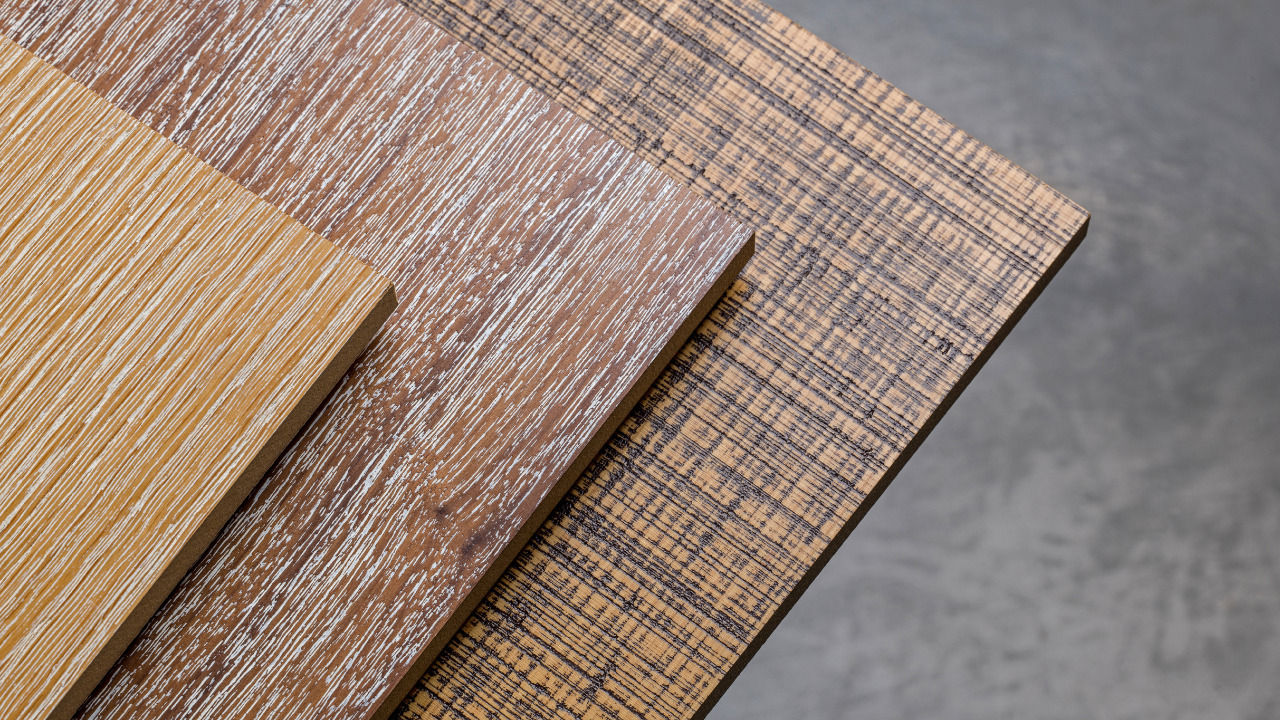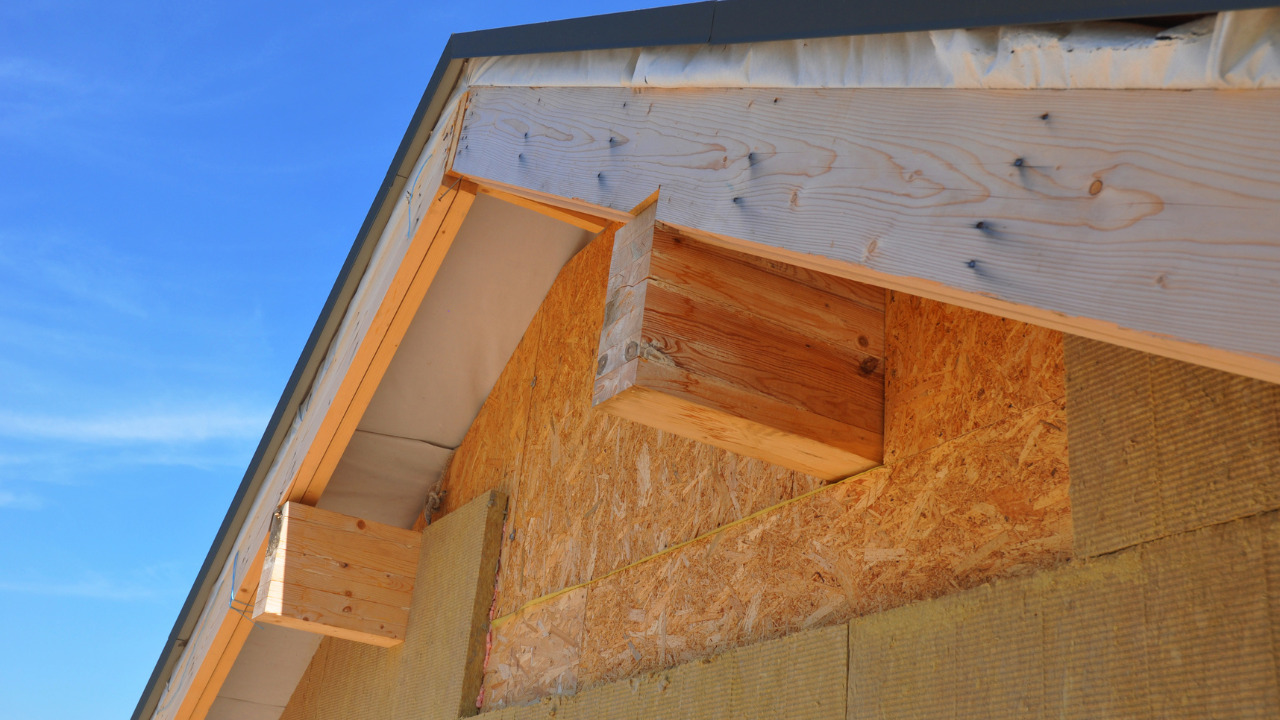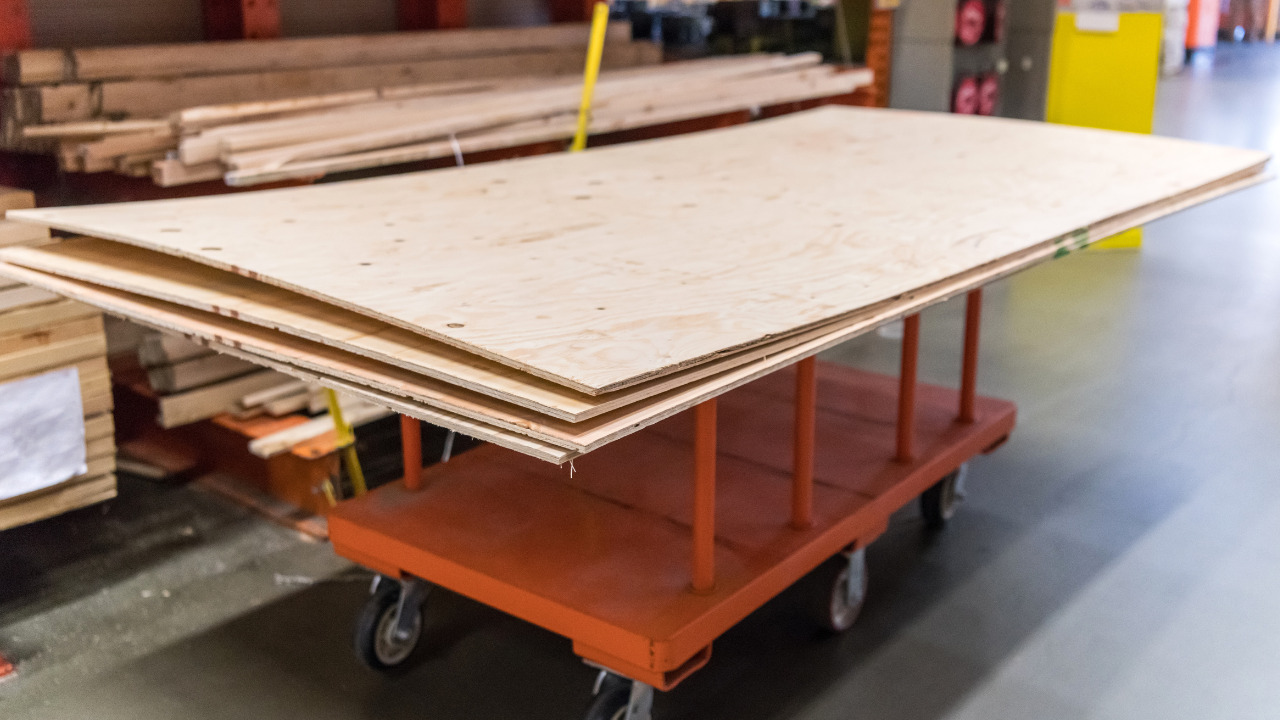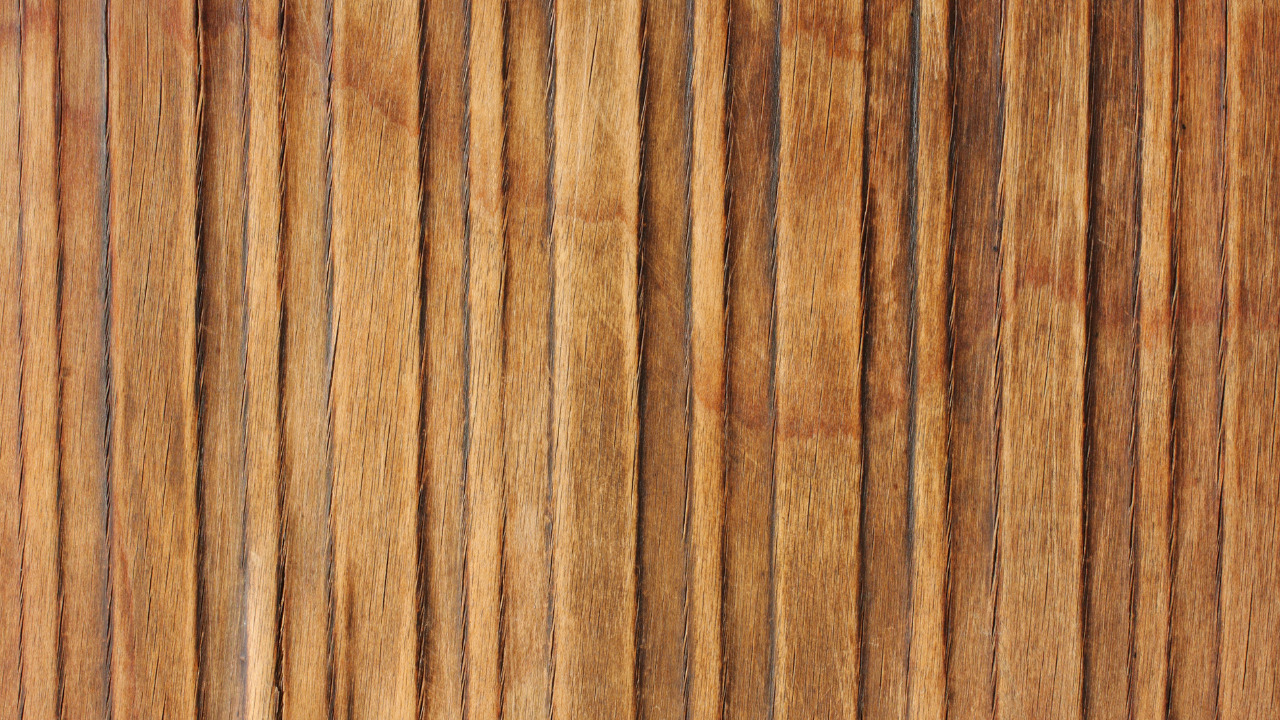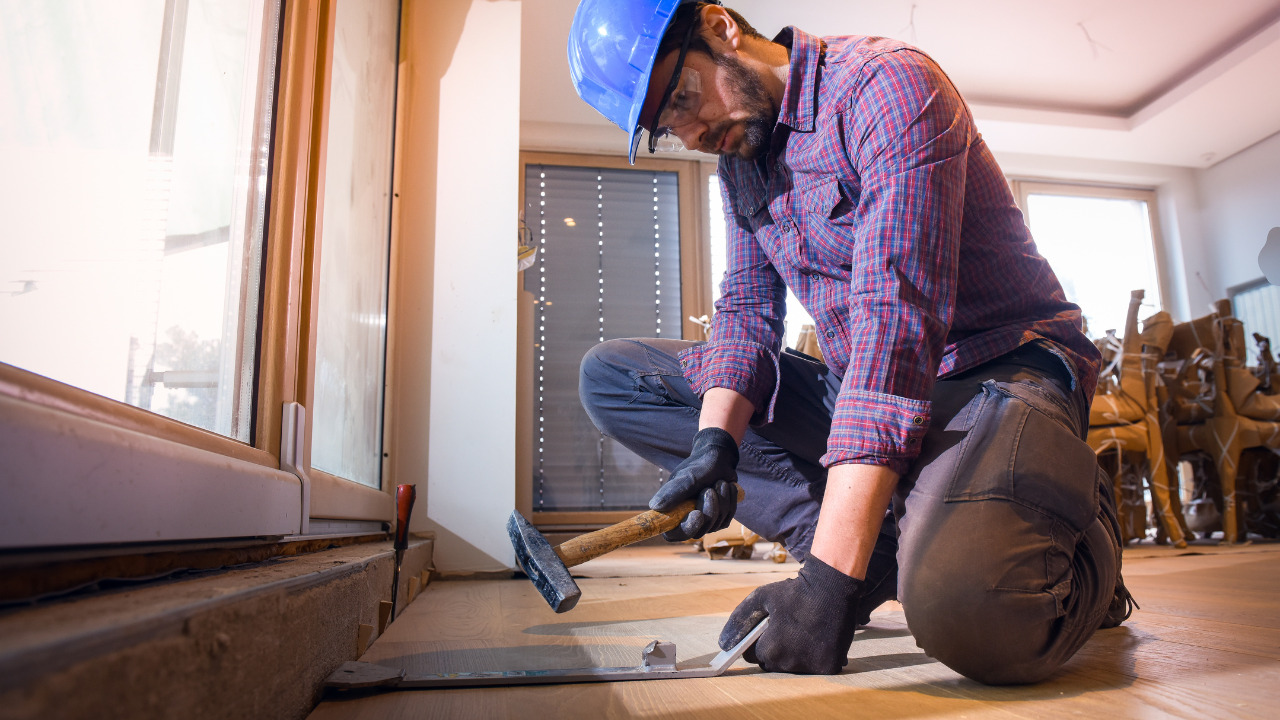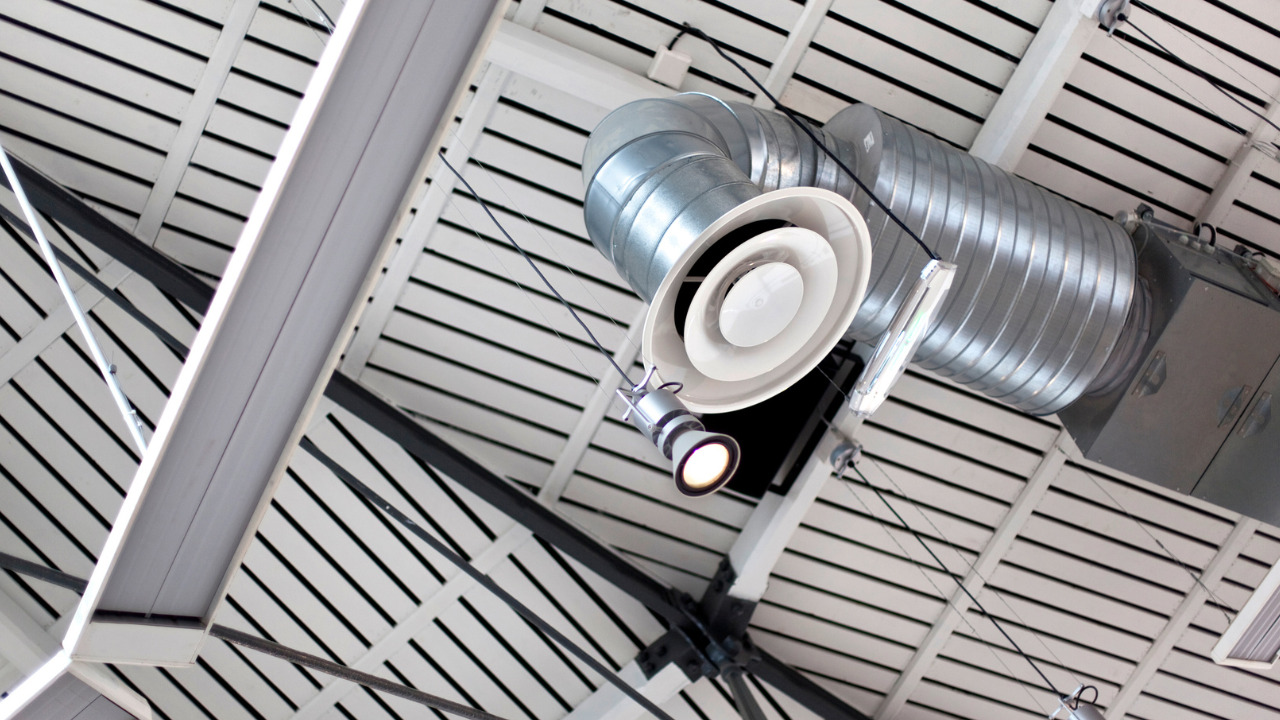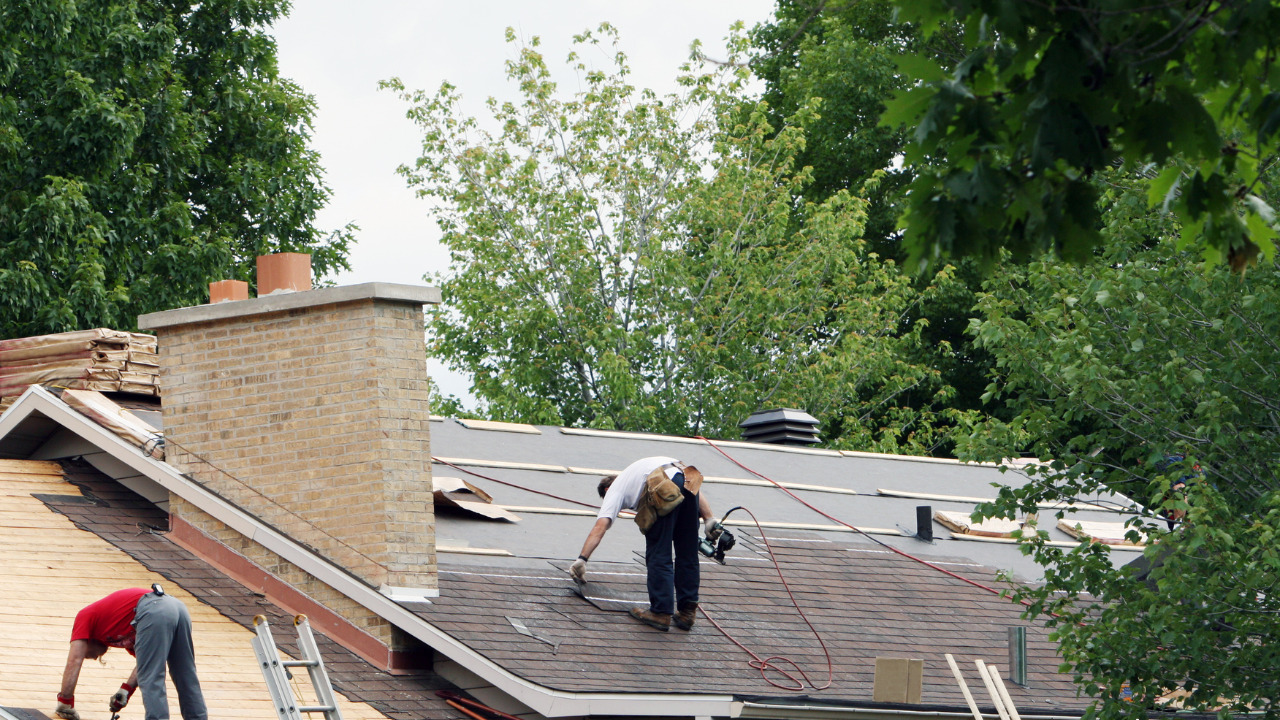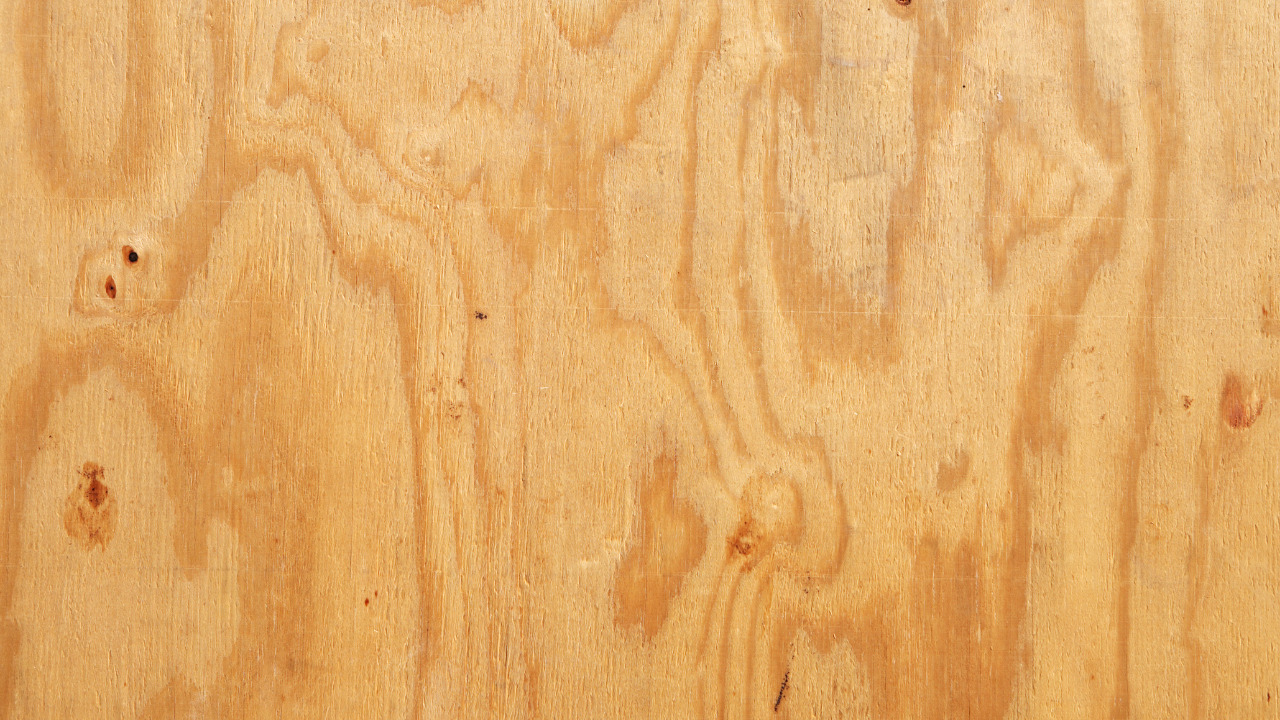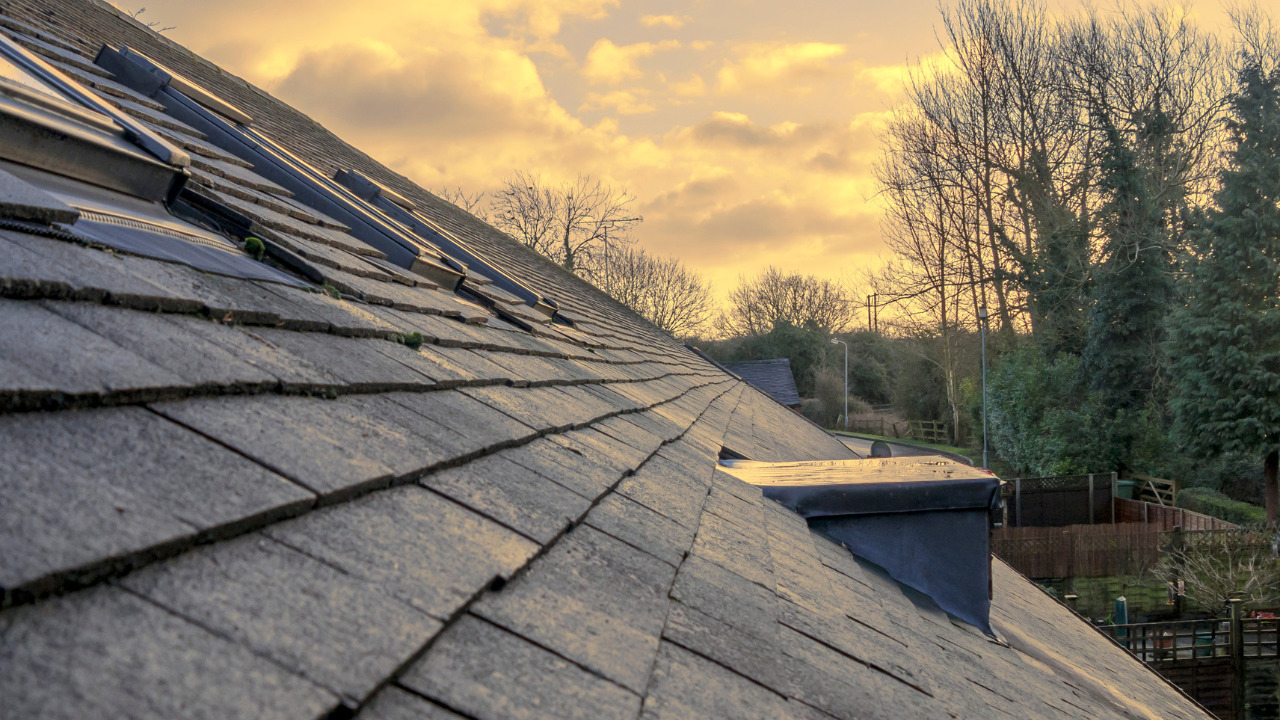Your roof likely has plywood underneath the shingles that were attached to it. The plywood that anchors your roof to the house’s frame is sometimes referred to as roof sheathing or a roof deck. It is a foundation for the underlayment and shingles that cover your roof.
Despite being concealed, it is crucial to your home’s structural integrity. Plywood is a suitable material for roof decking in roofing. The underlayment and roof covering are placed on top of the roof decking, which is the material that covers the primary roofing structure.
Start by figuring out how to get plywood onto the roof. The roof can be reached by oneself using a few different methods. Only low roofs may use the first. For the plywood, you can construct a jack stand.
Table of Contents
Why Do You Use Plywood In Roofing Base?
Due to its robustness, plywood is frequently chosen for use in roofing. Plywood must be strong enough to support the remainder of the roofing system even while the roof structure bears the bulk weight. It is made up of several layers of wood that are glued together, and each layer’s grain is oriented differently.
So, the board’s strength is distributed uniformly, resists shrinking and expanding, and is less likely to break when nailed. Due to its performance under prolonged exposure to moisture, plywood is frequently employed in roofing.
When wet, plywood expands uniformly throughout the sheet before returning to its original size once it has dried. As a result of the drying-out period’s brief duration, the roofing is unaffected.
What Are The Types Of Plywood Used For Roofing?
Exterior Plywood
Finding out that there is a type of plywood labeled “outside plywood” may be a comfort. It is less expensive than other roofing materials and maintains strength even when exposed to wet for extended periods of time.
General Plywood
Plywood commonly used in DIY projects is not sturdy enough to be used in construction or roofing services. Most of its applications are for interior constructions like windows, tables, and doors.
Structural Plywood
Since it serves multiple purposes and is robust, effective, and durable, this sort of plywood is frequently regarded as the best plywood for roofing. A and B-Bond are two different forms of structural plywood that are available. Although A is more powerful than B-bond, B is nevertheless completely suitable for usage in constructions outside.
OSB Plywood
To make an Oriented Strand Board, or OSB, tiny pieces of wood are adhered together and compressed to an extreme degree. The length of an OSB panel can sometimes exceed 16 feet. Since you can see every piece of wood used to manufacture OSB, you can fairly easily identify it.
Engineered Plywood
It is a robust, long-lasting variety of engineered wood with a unique water-resistant layer that permits it to breathe. Because of the moisture-proof layer, zip wood doesn’t require roofing felt. It has five layers and is waterproof, thanks to all these wonderful qualities.
Steps To Install Plywood On Roof
The roof needs to be completely straight before the plywood deck is built to obtain the neat, straight lines we all adore about a home with asphalt shingles.
Collect Needed Tools And Supplies
- A string
- A tape measure
- roof trusses
- Plywood sheets
- Nails
- A nail gun
- Plywood edge clips
- Roof shingles
- Wood screws
- Wood glue
- A hand saw
1) Prepare The Roof Area
To ensure a straight line, run a string line across the roof trusses before packing or planning the high portions. It is time to be ready for the plywood sheeting once the roof rafters have been precisely aligned.
2) Prepare Plywood For Installation
Mark a line with a string to serve as the first row’s guide at the eaves. The line must be square, so make sure of that. This makes provision for proper ventilation of the roof hollow. The amount of plywood you install will depend on your builder and the spacing between your roof trusses.
3) Install Plywood Sheets
When the plywood is nailed, the truss ends are finished on the center line. When stacking plywood sheets in rows, use a staggered arrangement. Remember to leave space between the boards. This accounts for any material expansion or contraction, which is important in a particular climate.
Check each nail as you go to make sure it finishes flush. Keep a hammer nearby to drive out any nails that weren’t completely driven in. You might wish to use plywood edge clips to hold the plywood in place in between roof trusses. They help maintain the right distance between each board while providing additional stability.
4) Focus On the Gap For Appropriate Ventilation
The ventilation of the roof cavity is crucial in every home. For the air vent, you must provide a gap by the installed plywood for the plywood that is up against the ridge. The hot air may now escape from the roof hollow thanks to this.
You will then have the ideal foundation to finish installing the asphalt roof shingles.
What Would Be The Best Type Of Plywood For Roofing?
Plywood of the structural and general varieties is used in constructing roofs. To be utilized for structural purposes in a structure, structural plywood must confirm strength performance, which the supplier provides.
Plywood, in general, lacks this evidence of strong performance and should not be employed in structural applications. Another kind of plywood is shuttering plywood, but roofing often doesn’t use it. Instead, it is employed to keep concrete in place as it sets.
Typically, plywood is available in several grades. The fact that each side is given a grade from A to D may cause the sheet to have flaws. Plywood with a D grade is typically unsanded and subject to flaws and keyholes.
The most expensive plywood is A-grade; however, if the D-grade side is on the underside, A-grade and D-grade plywood can be blended. Due to the glue, even though it was not made of the greatest quality sheets, it is frequently regarded as the strongest.
Why Does Plywood A Good Option For Roofing?
Rafters and trusses make up the basic framework of roofs. To secure a final material, such as roofing felt or tar paper, to this structure, a flat deck should be placed on top of it. Plywood is one of the greatest materials to utilize while building a roof deck.
Durability
Solid wood would be a waste and a significant, needless expense since the roof deck won’t be visible once the finishing material is completed. This is because appearances are unimportant in this situation. Instead, plywood is much more cost-effective and offers the necessary strength to handle the weight of the final material placed on top of it and heavy ice or snowfall.
Moisture-Resistant
Plywood works well for outdoor applications like roofing due to its remarkable performance when exposed to water for an extended period of time. It does so uniformly all over the deck if it swells or expands due to moisture.
The overall design of the roof is unaffected. Plywood also dries very rapidly, lowering the possibility of mold growth and other moisture problems.
Easy To Setup
Whether you use portable or circular saws, cutting plywood to size is a simple task. The typical sheet of plywood finds a decent compromise between being a practical size to deal with and offering coverage of a respectable amount of the roof’s surface area.
Although less typical, larger plywood sheet sizes are available. It is also available in various thicknesses to support various loads.
Conclusion
Sheathing will often be plywood for roofs. That will do on a roof with rafters spaced apart and light roof loads. The load on any piece will increase as the roof pitch becomes flatter. Trusses, made of rafters linked by internal supports so they may be installed as a single unit, are used to frame roofs. Rafters extend from the roof’s peak to the eaves.
Before applying the majority of finishing roof materials, they must be covered with some sheathing or decking. Plywood or OSB boards are the most typical materials used for this. Sheathing is the common name for the plywood used for roof decking.


